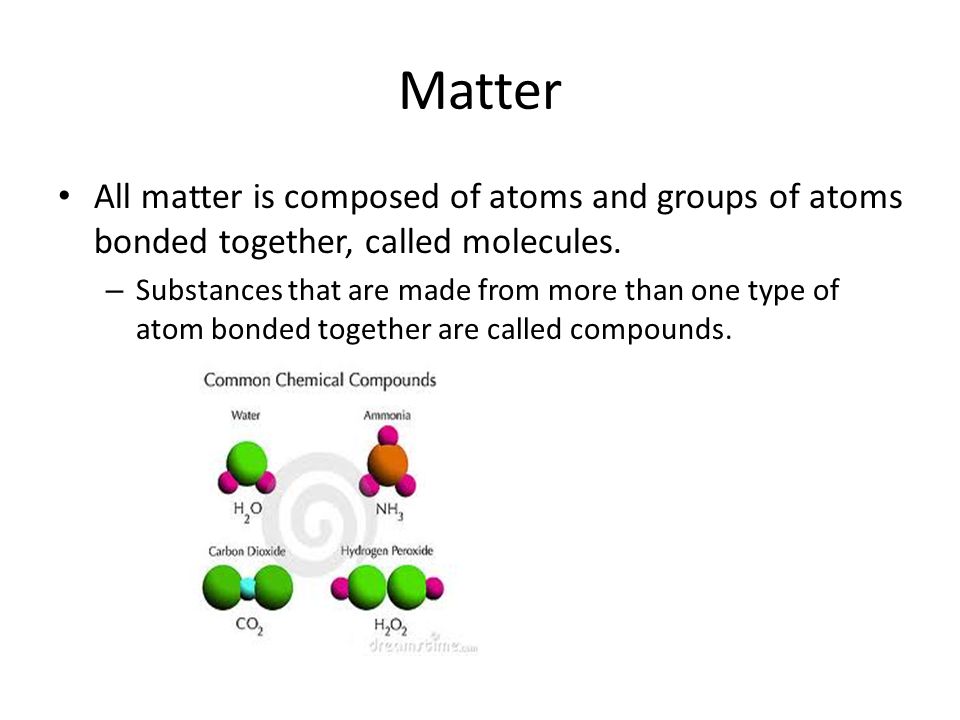Thanks. However from: http://en.wikipedia.org/wiki/Annihilation 'Energy may also be released by the direct annihilation of a quark with an antiquark. The extra energy can go to the kinetic energy of the released pions, be radiated as gamma rays, or into the creation of additional quark-antiquark pairs. When the annihilating proton and antiproton are at rest relative to one another, these newly created pairs may be composed of up, down or strange quarks. The other flavors of quarks are too massive to be created in this reaction, unless the incident antiproton has kinetic energy far exceeding its rest mass, i.e. is moving close to the speed of light. The newly created quarks and antiquarks pair into mesons, producing additional pions and kaons. Reactions in which proton-antiproton annihilation produces as many as nine mesons have been observed, while production of thirteen mesons is theoretically possible. The generated mesons leave the site of the annihilation at moderate fractions of the speed of light, and decay with whatever lifetime is appropriate for their type of meson.' See also: http://van.physics.illinois.edu/qa/newquestion.php?follow=Products%20of%20particle-antiparticle%20annihilations&id=22217 It seems that even quarks can annihilate into particles such as pions which then decay into photons.
- Anonymous
- Anonymous
All Matter Is Composed Of Tiny Indivisible Particles

All Matter Is Made Of
Textbook solution for Chemistry In Focus 7th Edition Tro Chapter 4 Problem 1E. We have step-by-step solutions for your textbooks written by Bartleby experts! All forms of matter, which are substances that cannot be split into simpler substances by ordinary chemical means Trace Elements Elements that are present in tiny amounts.
